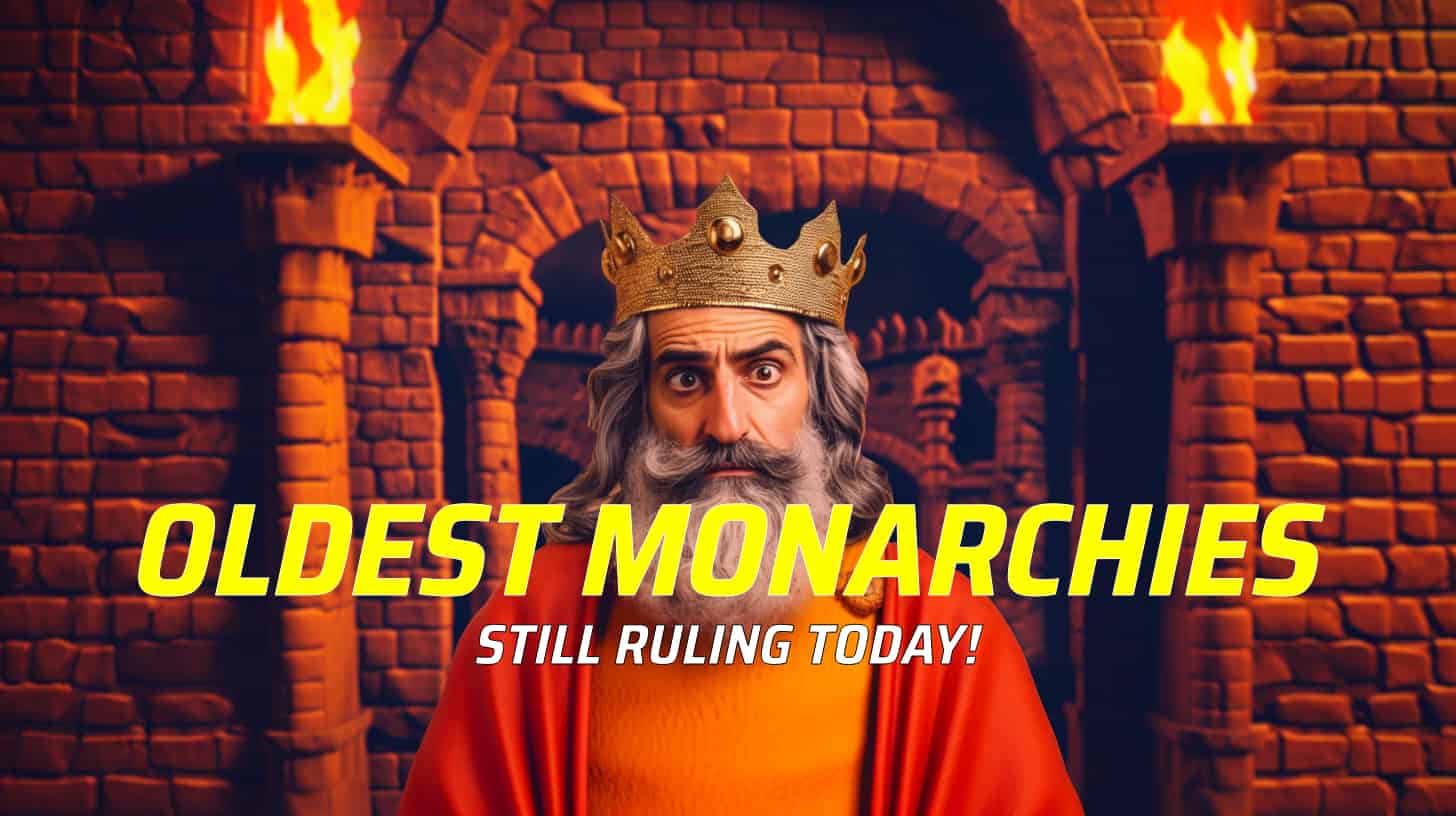
It may seem like a simple question, but the answer to the oldest monarchies still ruling today depends a lot on how you define a monarchy.
There are different types of monarchies, and those still ruling today haven’t always been in power. Some have been removed from their thrones or been deposed. Some have their origins in myth and legend. There are hereditary monarchies, in which descendants of the same family inherit the throne. There are also elected monarchs who rule a position of government by the will of the people.
For example, there are royal families thousands of years old who used to rule as monarchs, but since they have no thrones today, they can’t be included in a list of ruling monarchies.
In this list, we will include the seat of government for a state or country that was created the longest time ago, regardless if their reign was uninterrupted. As long as the head of the government is still a ruling monarch today, we will include it in this list. These are ten of the oldest monarchies still ruling today, along with the date of their founding.
#1 Imperial House of Japan (660 BCE)

Tokyo is the seat of the Emperor of Japan.
©StockByM/iStock via Getty Images
The oldest ruling monarchy in the world is the Imperial House of Japan, which can trace its rule all the way back to February 11, 660 BCE when Emperor Jimmu became the first emperor of Japan. Emperor Jimmu is said to be a descendant of the sun goddess Amaterasu, and while this date is shrouded in myth, it is still used in official documents as the founding of the royal family. The title of emperor, or Tennō in Japanese, literally means “emperor of heaven”.
For context, during the time, Nebuchadnezzar II was building the Hanging Gardens of Babylon, and the Olmec culture just started using calendars in Central America!
The earliest verifiable date for the Imperial House of Japan is the start of the reign of Emperor Kinmei in 539 CE. Since its founding, there have been 126 monarchs during the reign of the monarchy. The current emperor is His Majesty Fumihito.
#2 Holy See (First century CE)
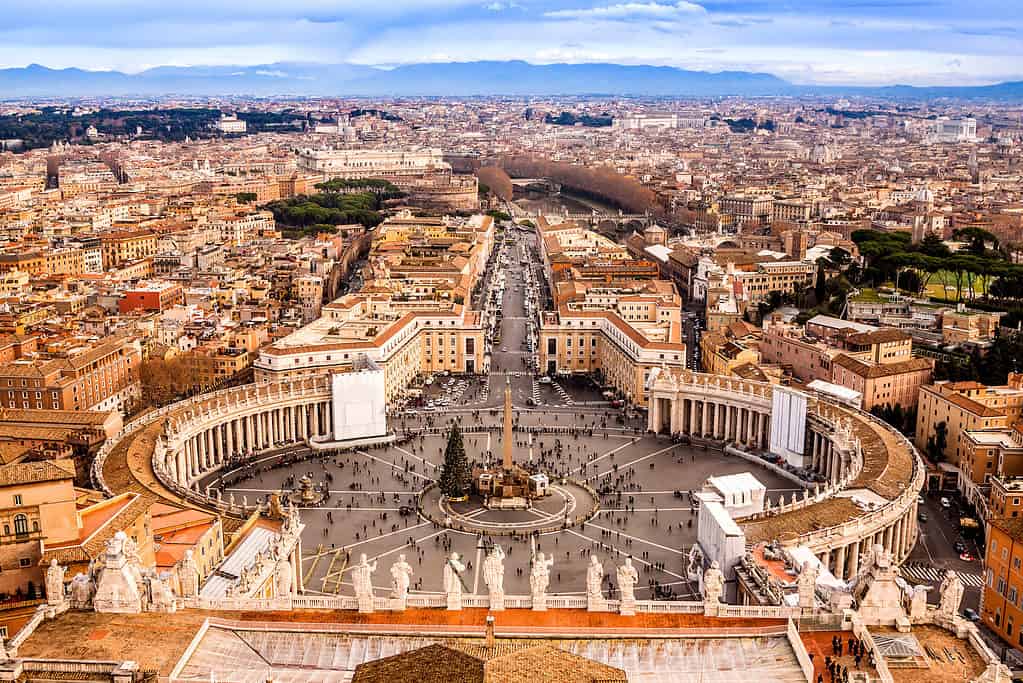
The Holy See rules over the Vatican City.
©Sergii Figurnyi/Shutterstock.com
The Holy See is technically and functionally the only absolute monarch still ruling in the world. It is the seat of government for the Vatican City. According to tradition, Saint Peter, one of the original twelve apostles of Jesus Christ, founded the Holy See. It was handed down to subsequent bishops of Rome who ruled over the Duchy of Rome. However, real power of governorship didn’t begin until the Papal States were founded in 756 CE after the Holy See had been gifted lands by nearby sovereigns. The Catholic Church maintains unbroken rulership from Saint Peter.
Over the centuries, the land the Holy See controlled has expanded and been reduced considerably. During the 20th century, the Holy See was reduced to the Vatican City, which it now rules with absolute power. The Pope, the head of the Catholic Church, typically holds the position of the Holy See and is an elected monarch chosen by the College of Cardinals.
#3 Kingdom of Cambodia (68 CE)
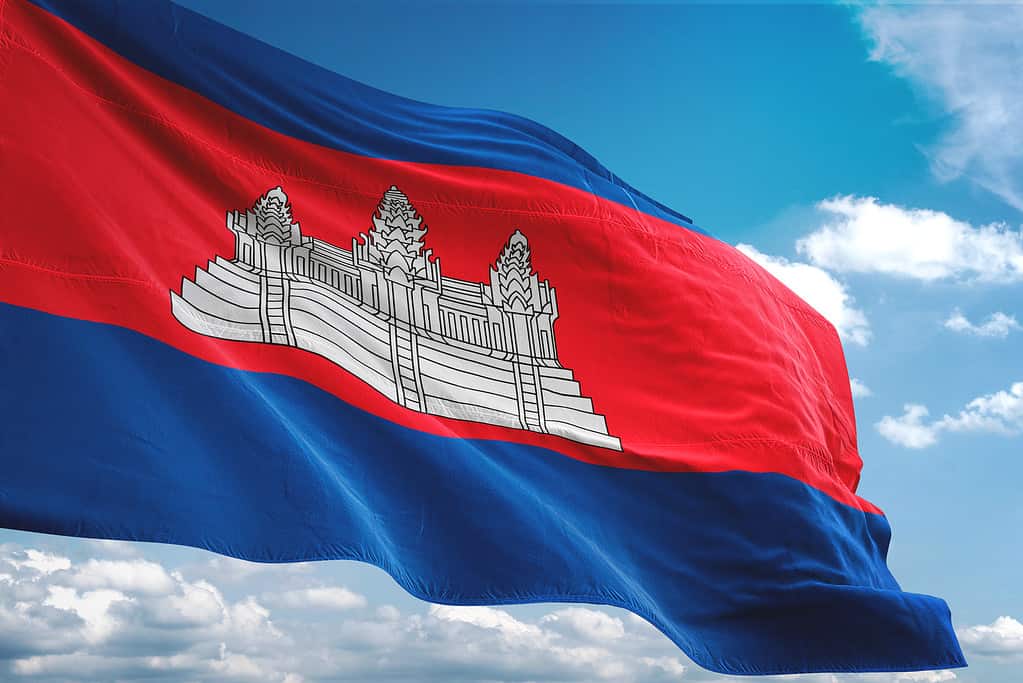
Flag of Cambodia
©iStock.com/Oleksii Liskonih
The monarchy of Cambodia has existed since at least 68 CE. It is one of the only other elected monarchies in the world. Though this position is largely ceremonial, the monarchy is able to trace an unbroken line of rulers all the way back to the first century.
The monarchy was abolished in 1970 when the United States allegedly supported a coup against the king and overthrew the monarchy. Following a brutal civil war, the monarchy was finally restored in 1993 and the previous ruling family was reinstated.
#4 Sultanate of Oman (751 CE)
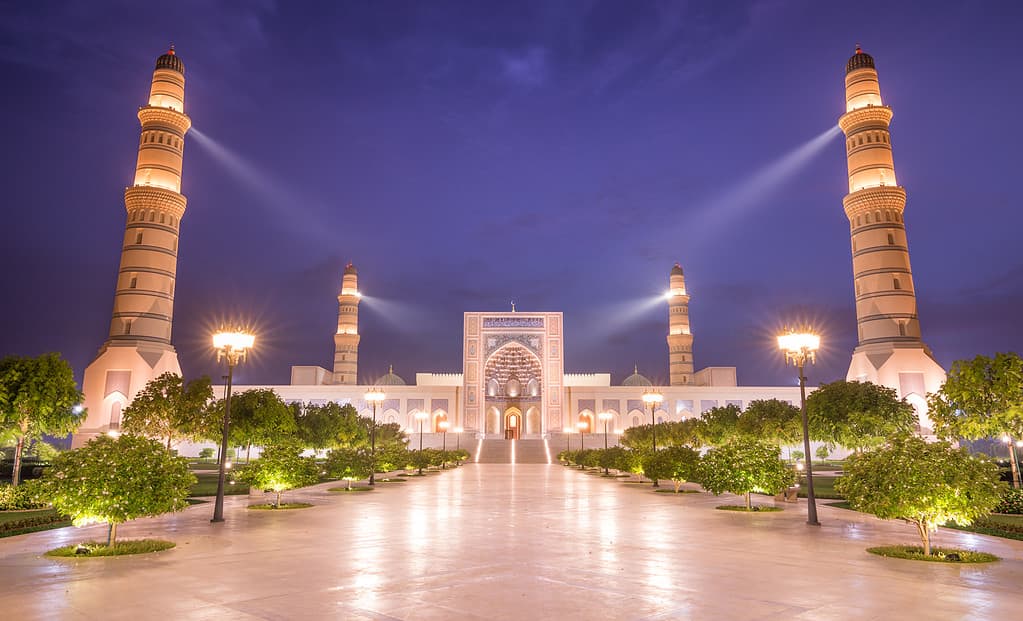
Sultan Qaboos Mosque in Sohar, Oman. Built by Sultan Qaboos of the Oman Sultanate.
©~UserGI15667539/iStock via Getty Images
The Sultanate of Oman was founded in 751 CE. The current sultan, Haitham bin Tariq, is a member of the Busaid Dynasty which has ruled Oman since the 1700s.
Because the Sultanate of Oman is an absolute monarchy. Every branch of government, including the judicial system, is subject to the sultan. Even though the laws of Oman protect many civil liberties of the citizens of the nation, the royal family has largely ignored these laws.
#5 Kingdom of Morocco (788 CE)
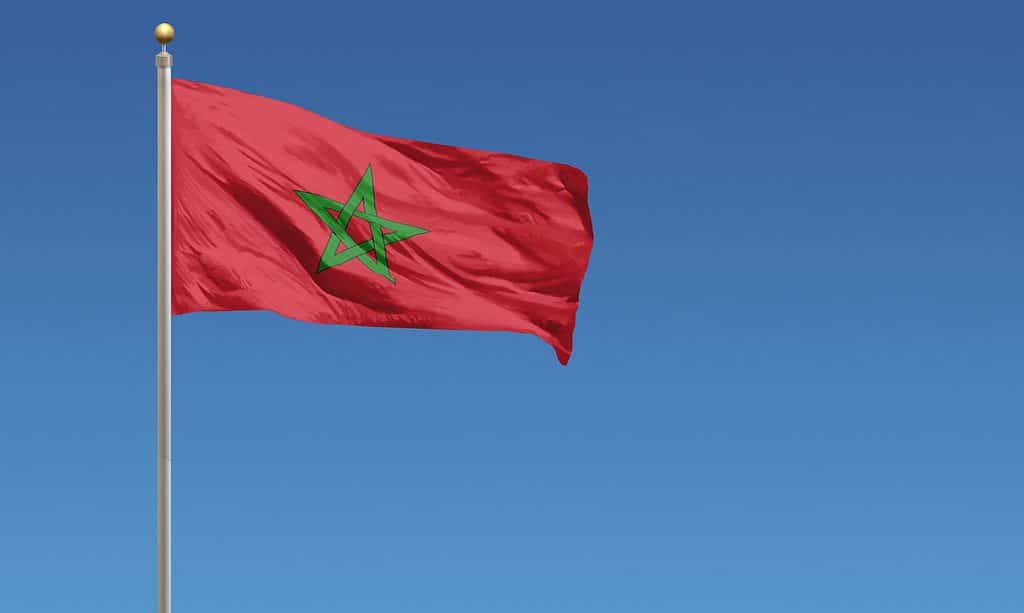
The flag of Morocco.
©iStock.com/Derek Brumby
Morocco was founded as a kingdom in 788 CE by the Idrisid dynasty. In 1631 the ‘Alawi dynasty assume the throne after a period of hundreds of years under control by a number of Berber monarchs. The Kingdom of Morocco managed to survive through the colonial period and a number of colonial disputes between France and Spain.
The king of Morocco is not an absolute monarch. However, he still controls the military and judicial system, and holds substantial power otherwise. It is illegal to criticize the king.
#6 British Monarchy (871 CE)
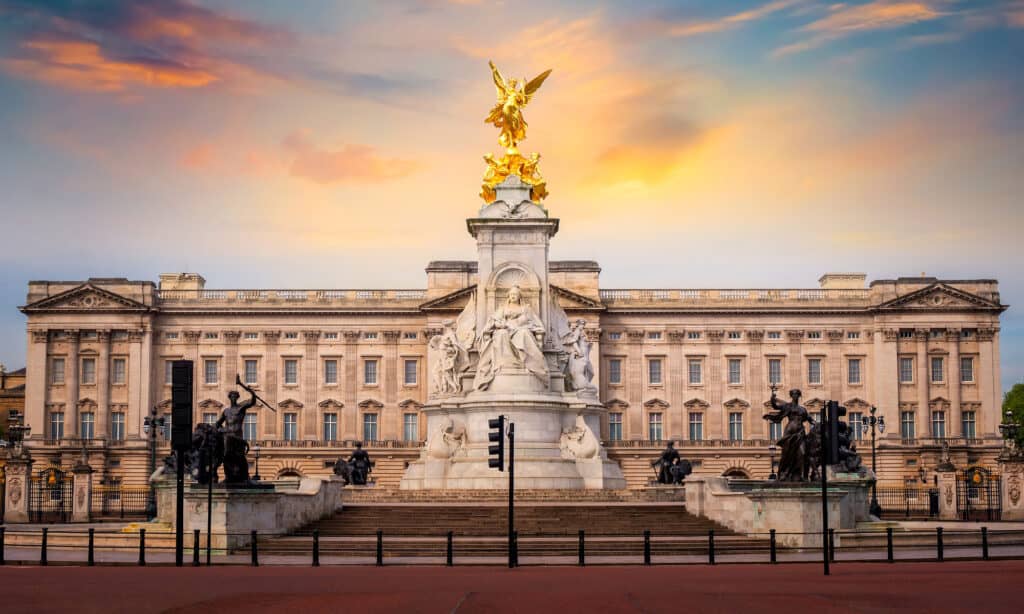
Buckingham Palace, the home and seat of power of the British Monarchy.
©iStock.com/coward_lion
Depending on how you approach the British monarchy, you can trace its roots to either 871 CE or 1066 CE. King Alfred the Great ruled over the emerging kingdom of Wessex in 871 CE. His kingdom expanded under his decedents to cover most of modern-day England. The royal throne and position he created would be the seat of power of British monarchs until today.
In 1066 CE, William the Conqueror invaded England. His family managed to unite the majority of the British Isles. They continued to establish the feudal system that formed the United Kingdom we recognize today.
The British Monarchy is a constitutional monarchy, and the ruling monarch holds no real power. It is largely a ceremonial role. The current king of the United Kingdom, Charles III, is a member of the House of Windsor, which was founded in 1917.
#7 Kingdom of Norway (872 CE)
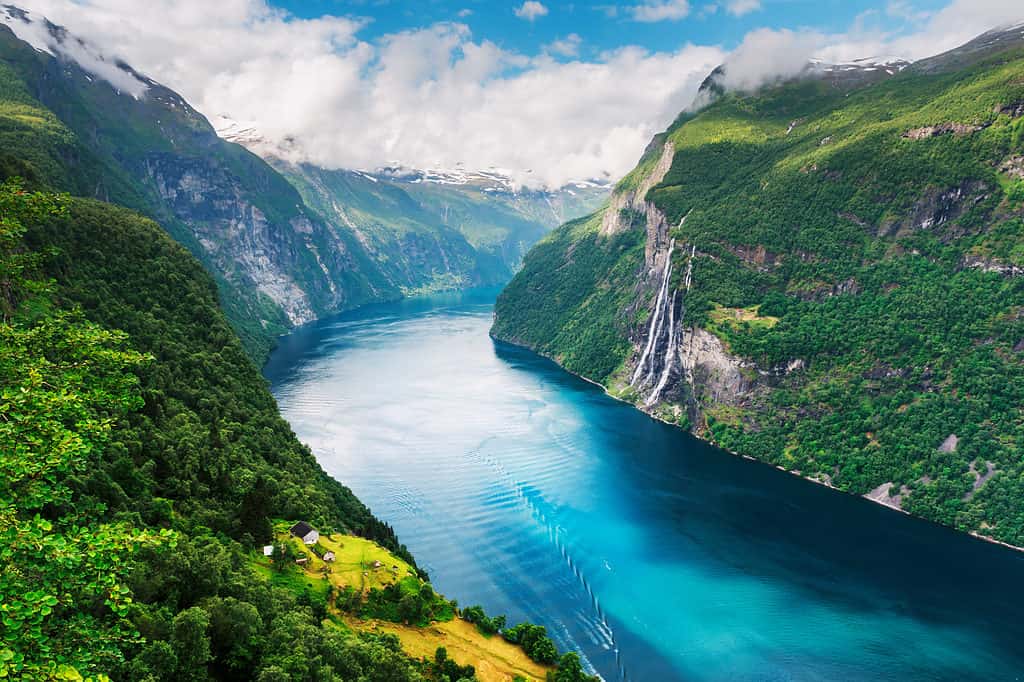
Sunnylvsfjorden fjord and famous Seven Sisters waterfalls, near Geiranger village in western Norway. Fjords are an iconic feature of the Norwegian landscape.
©iStock.com/Smitt
The king of Norway has been a position of power since the creation of the role in 872 CE. This was when Harald Fairhair defeated the many petty Norwegian kingdoms and created Norway.
The king of Norway has a few important executive functions, including being the head of the military. Today, however, the role is largely ceremonial.
#8 Kingdom of Denmark (710 CE)
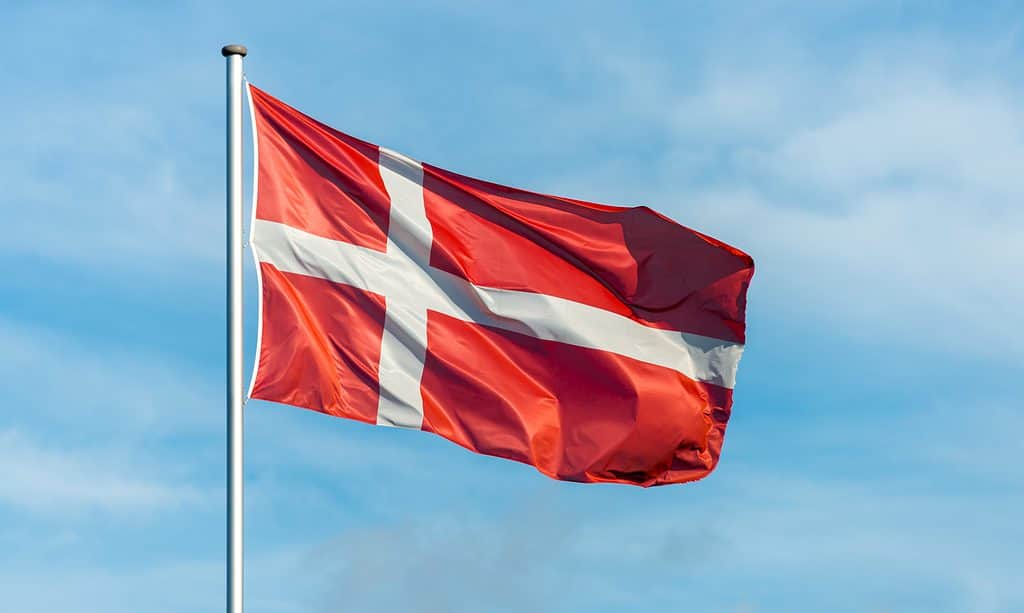
The flag of Denmark
©iStock.com/A-Basler
There is some dispute about how old the monarchy of Denmark actually is. The monarchy itself is over 1300 years old and was likely founded by the legendary grandson of Ragnar Lodbrok, Harthacnut.
It wasn’t until the rule of his son, Gorm the Old, that the king of Denmark actually ruled over a united Denmark. The current ruling monarch, Queen Margrethe II, is the first female ruler of Denmark and has ruled since 1972.
#9 Kingdom of Sweden (970 CE)

The flag of Sweden
©GenOMart/Shutterstock.com
Ancient and prehistoric records show that the people of the land of Sweden have had kings for thousands of years. Even during Roman times, we have records of kings in the area. However, Sweden’s official list of rulers begins with Eric the Victorious because he was the first in a consecutive regnal succession with reliable information.
Eric ruled over a united Sweden. But like the history of Norway and Denmark, his story and previous rulers are shrouded in myth and legend.
#10 Sultanate of Kelantan (1267 CE)

The Sultan Ismail Petra Arch, in Kota Bharu, Kelantan state, Malaysia. A cultural town showcasing Malay culture.
©RAVINDRAN JOHN SMITH/iStock via Getty Images
A unique member of this list. The Sultanate of Kelantan is the only monarch here that does not rule over an independent nation. Instead, the sultan rules over the Kelantan state of Malaysia. The current ruler, Muhammad V, is the 29th sultan and the head of Islam in the state.
During the medieval age, Kelantan was a powerful trade center in Southeast Asia. It fought constantly with its neighbors. Malaysia finally annexed the nation of Kelantan in 1909. The Sultanate of Kelantan maintained control over its throne throughout its long and violent history, with an unbroken line of rulers until today.
Summary of The 10 Oldest Monarchies Still Ruling Today
| Rank | Oldest Monarchies | Year |
|---|---|---|
| 1 | Imperial House of Japan | (660 BCE) |
| 2 | Holy See | (First century CE) |
| 3 | Kingdom of Cambodia | (68 CE) |
| 4 | Sultanate of Oman | (751 CE) |
| 5 | Kingdom of Morocco | (788 CE) |
| 6 | British Monarchy | (871 CE) |
| 7 | Kingdom of Norway | (872 CE) |
| 8 | Kingdom of Denmark | (710 CE) |
| 9 | Kingdom of Sweden | (970 CE) |
| 10 | Sultanate of Kelantan | (1267 CE) |
Thank you for reading! Have some feedback for us? Contact the AZ Animals editorial team.

